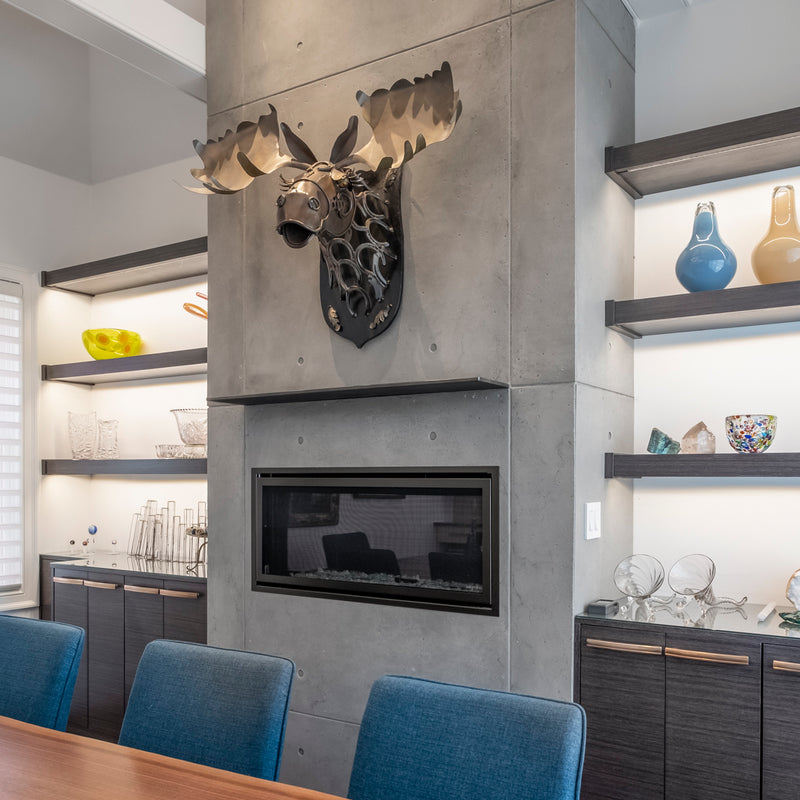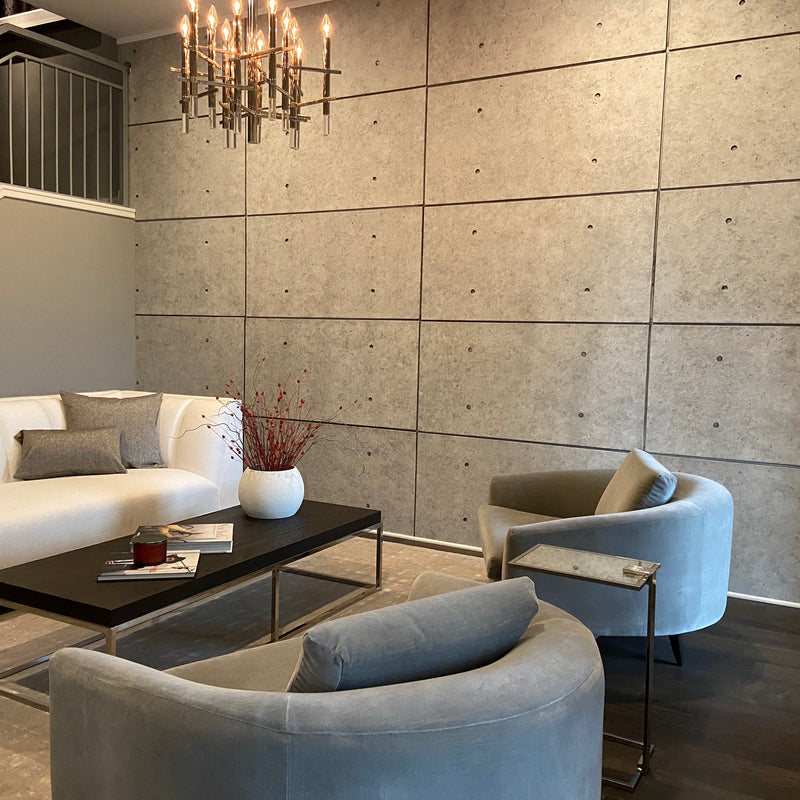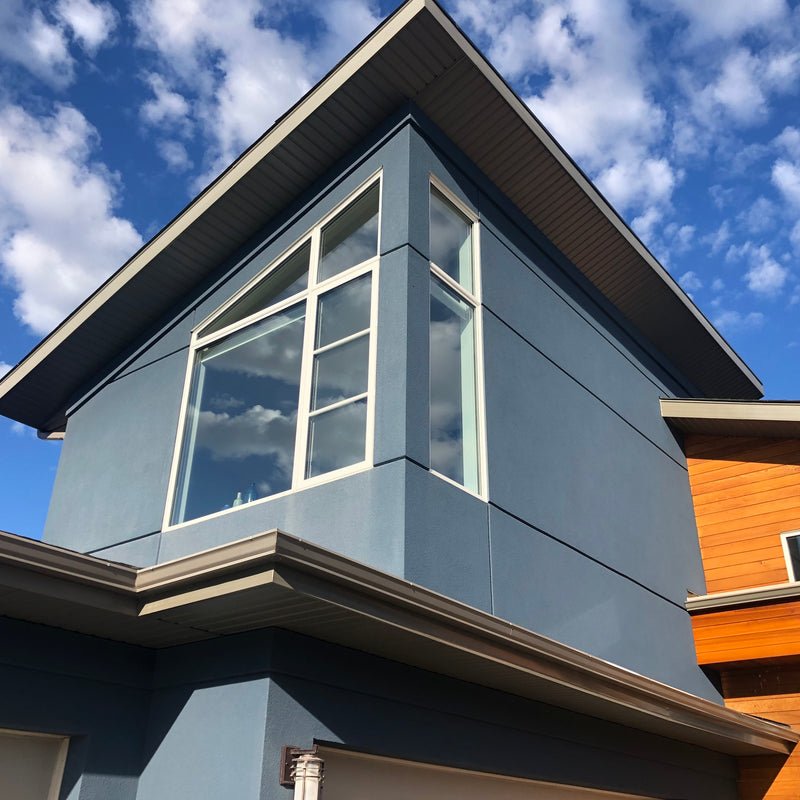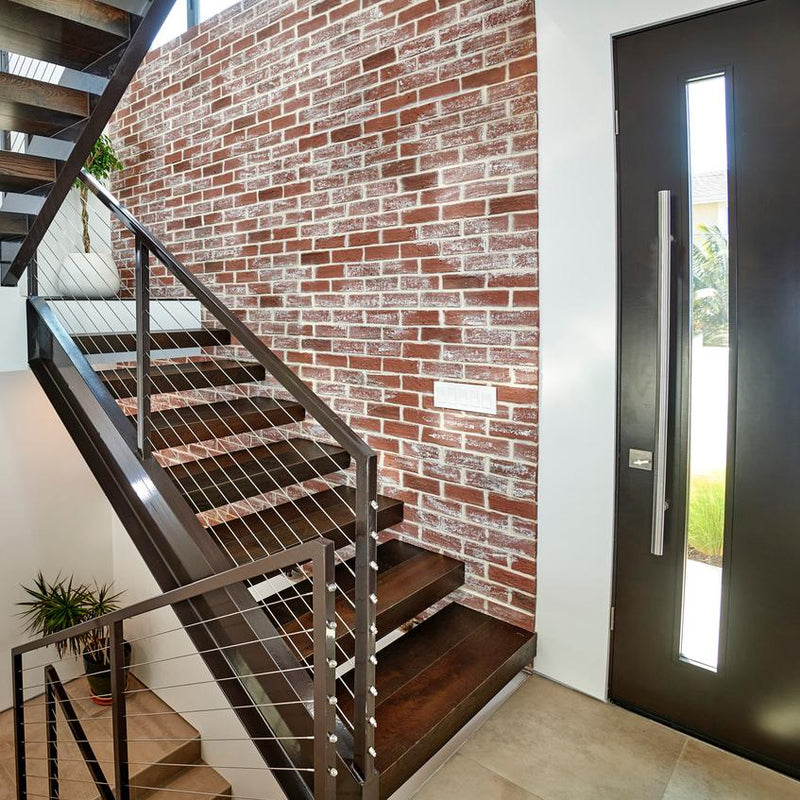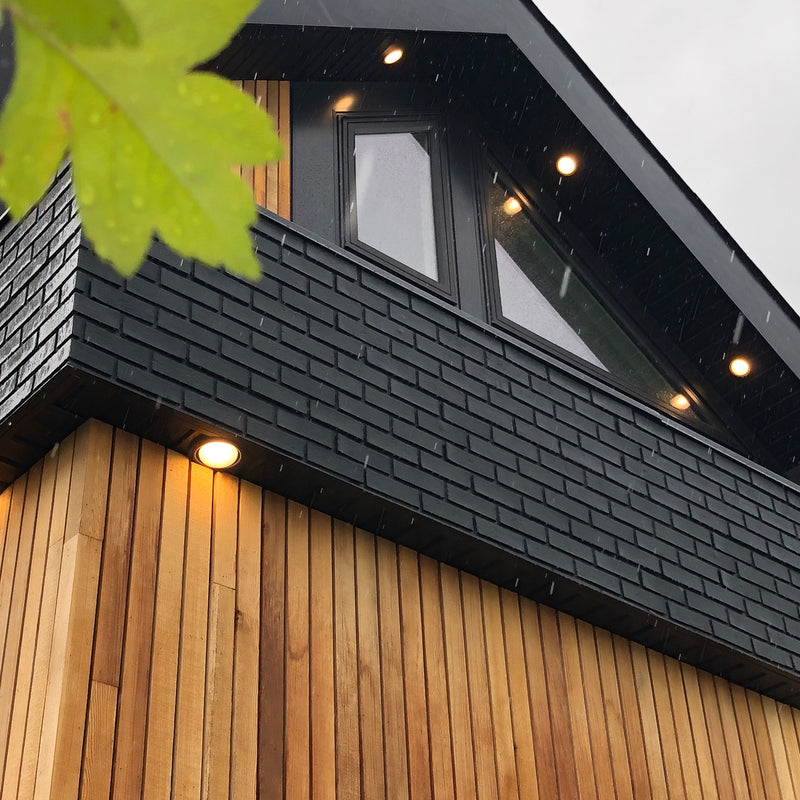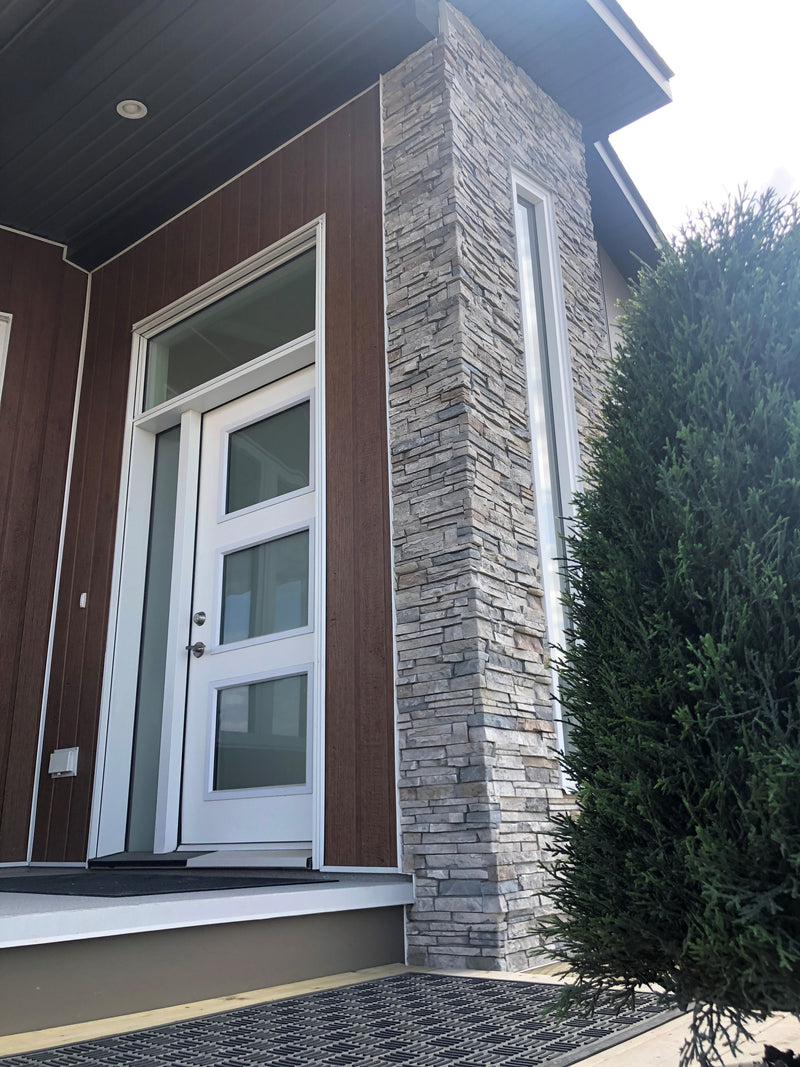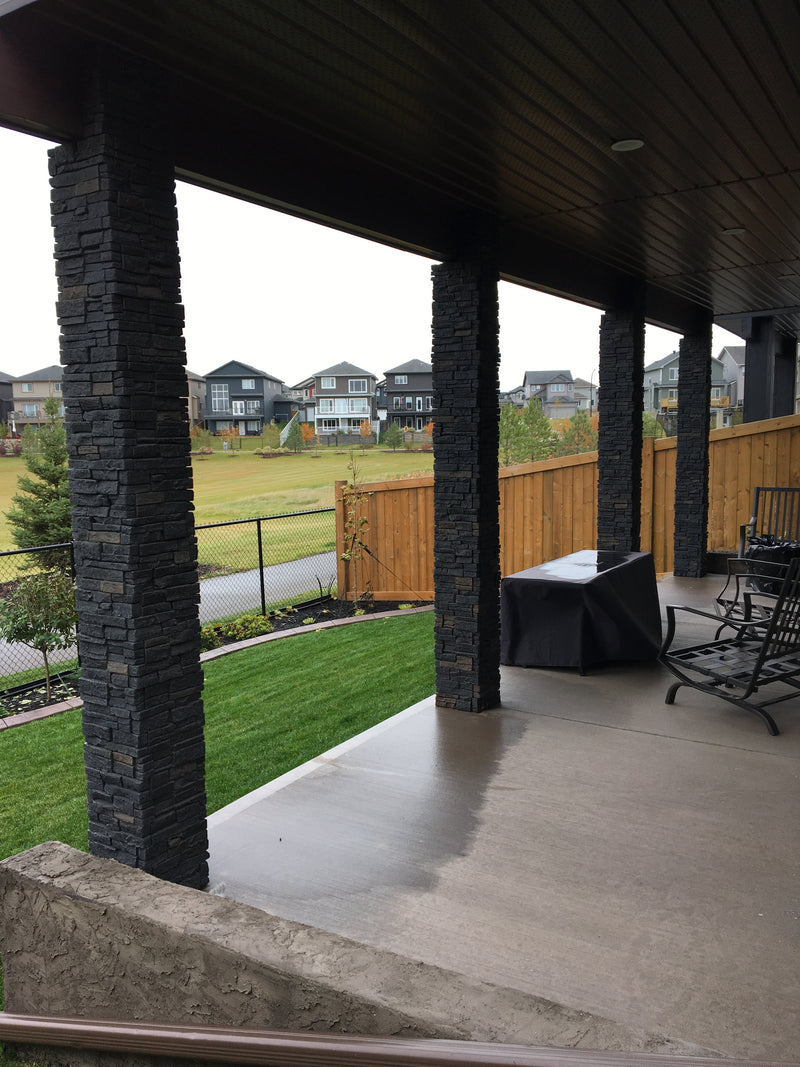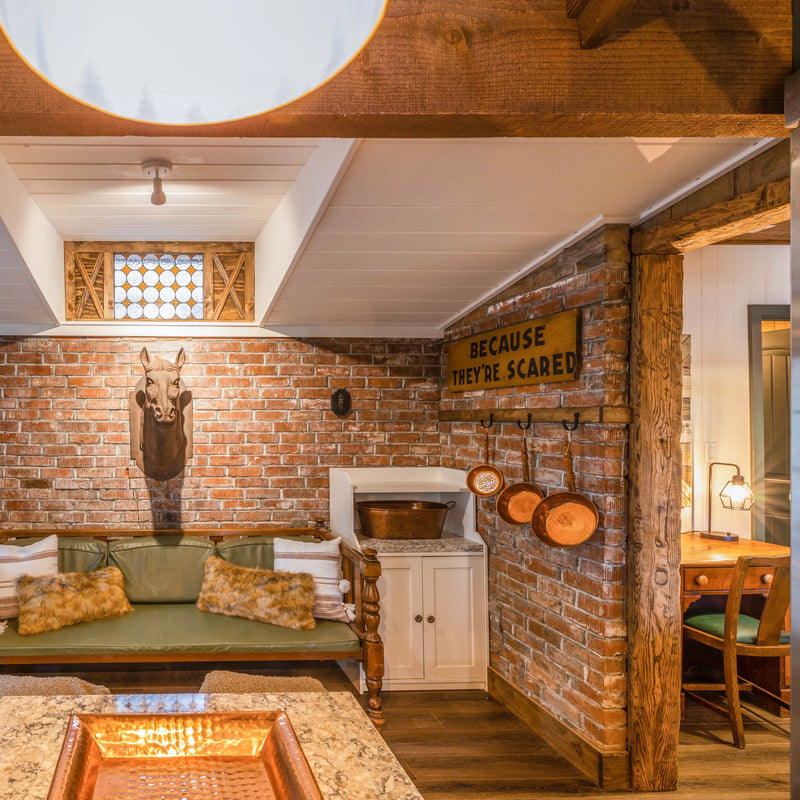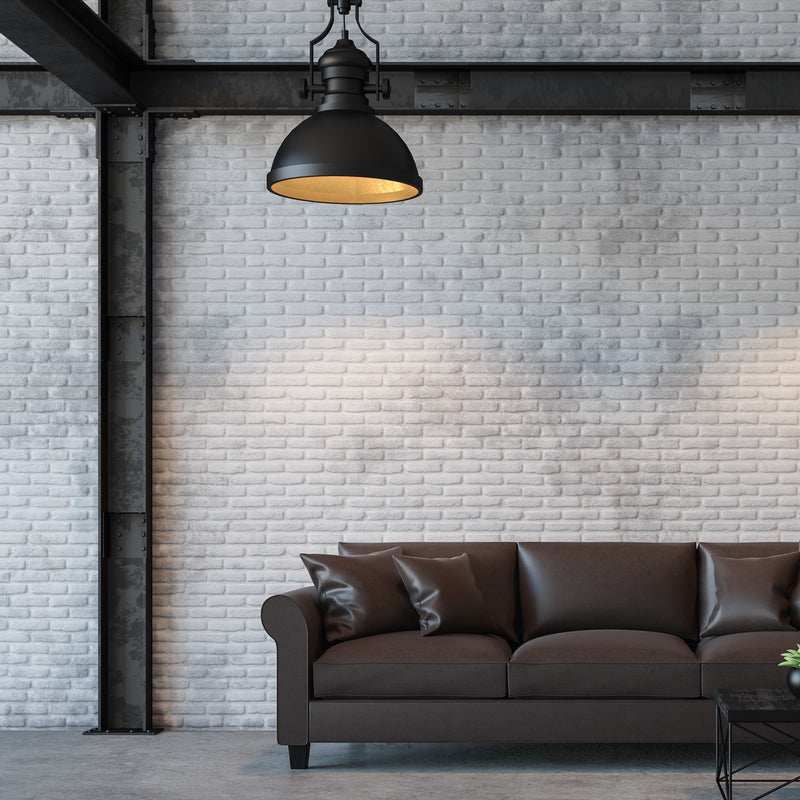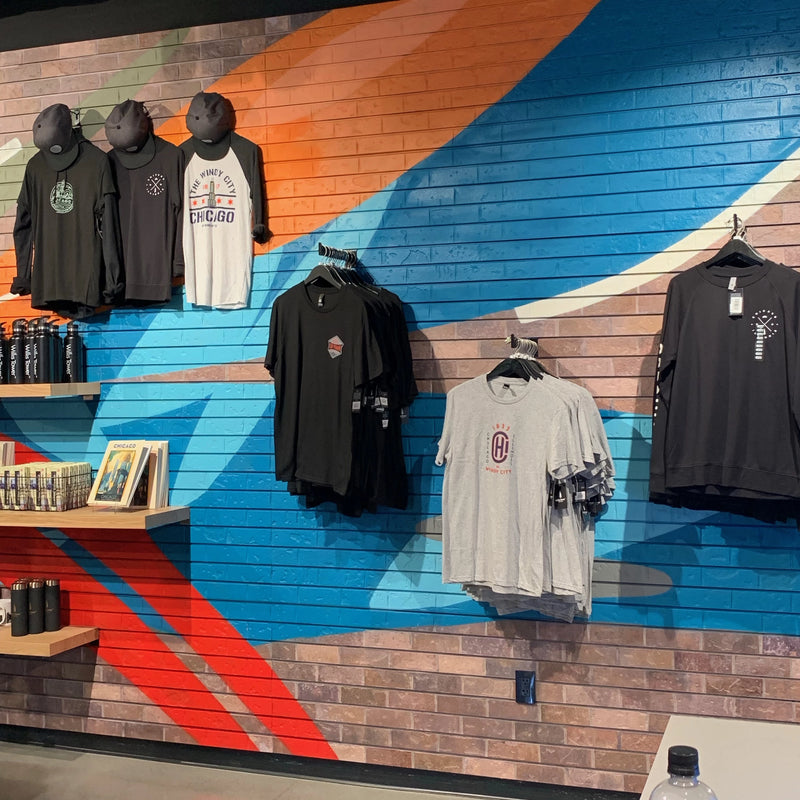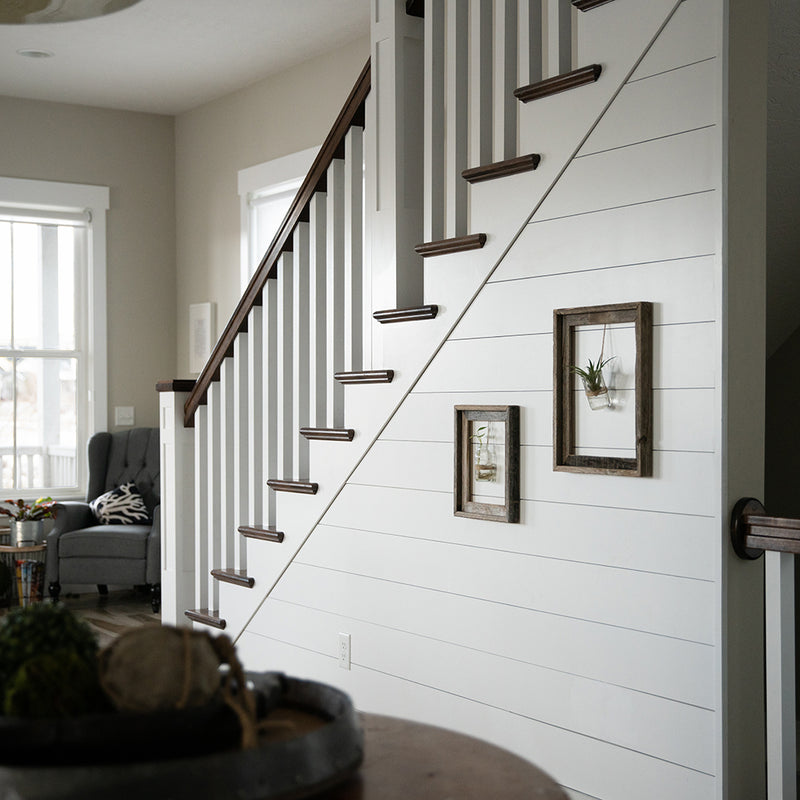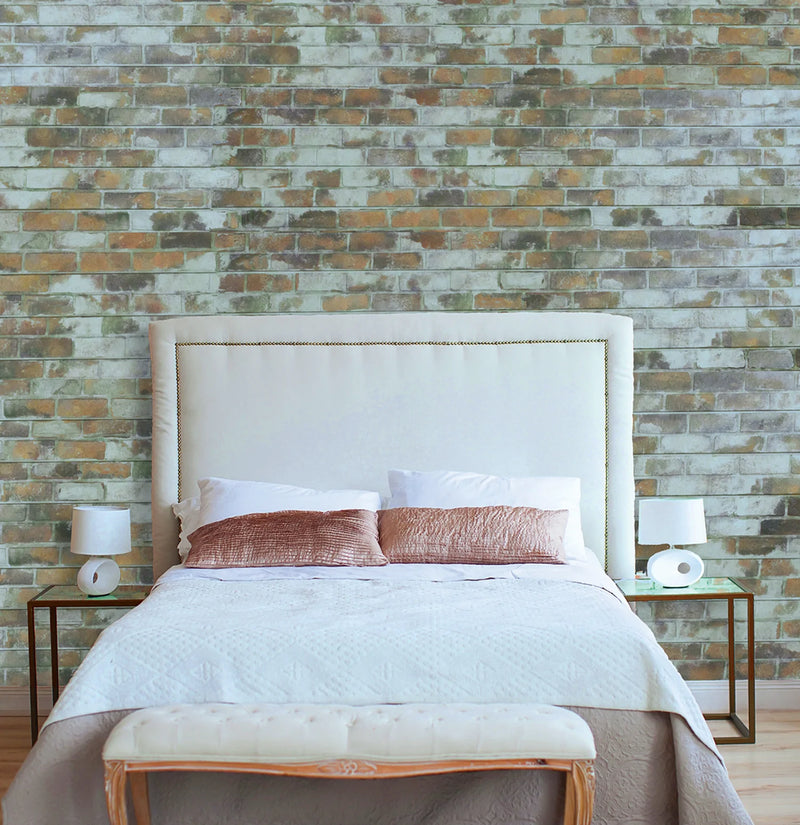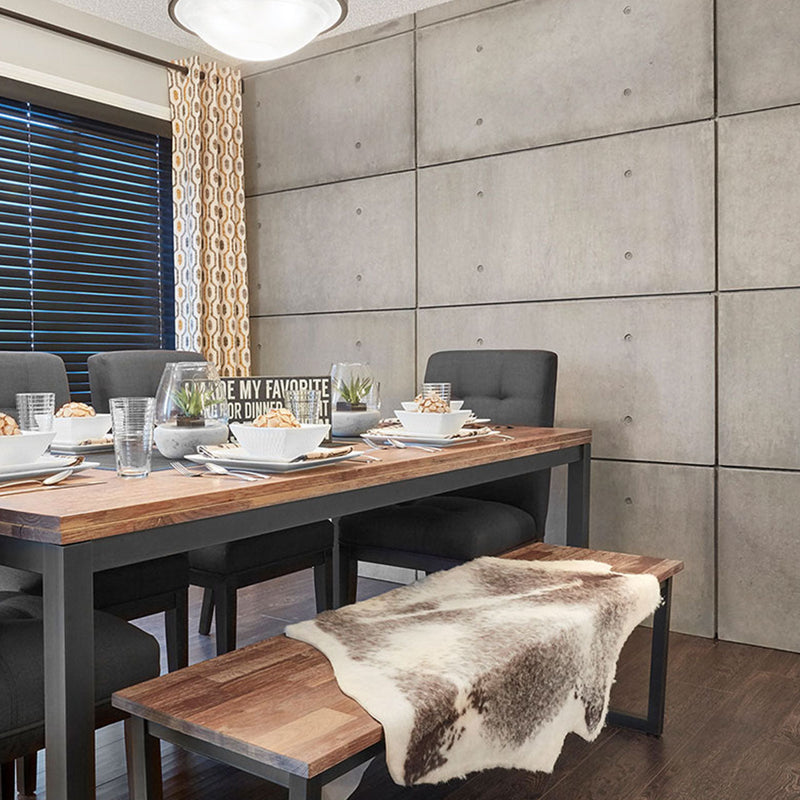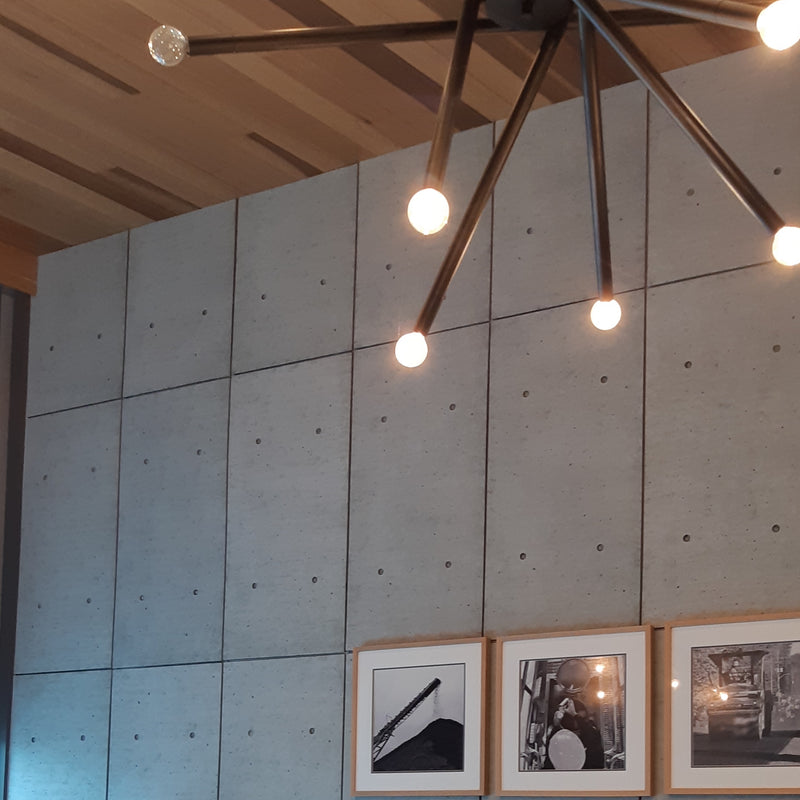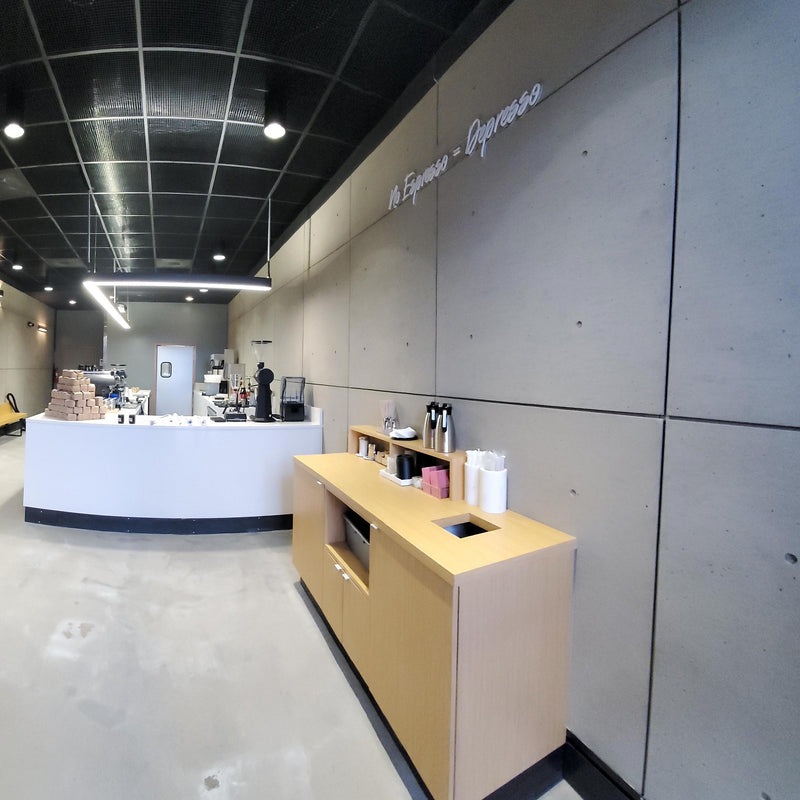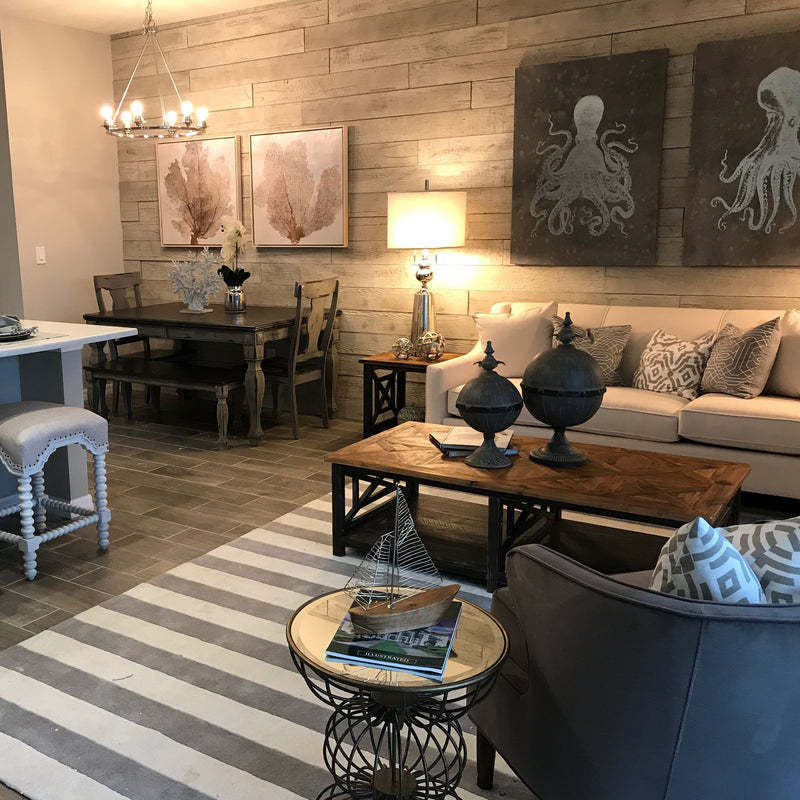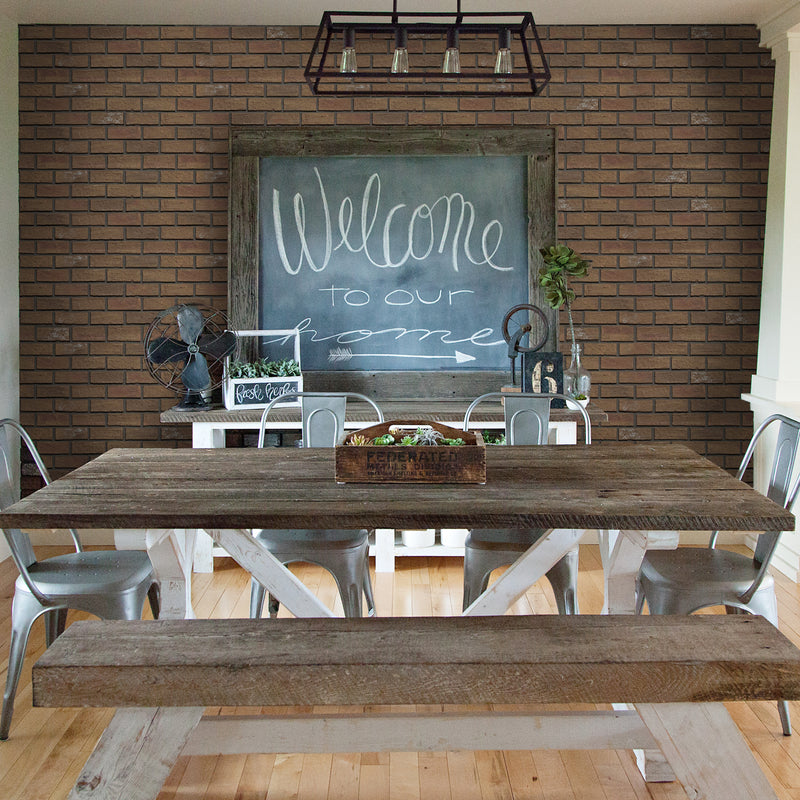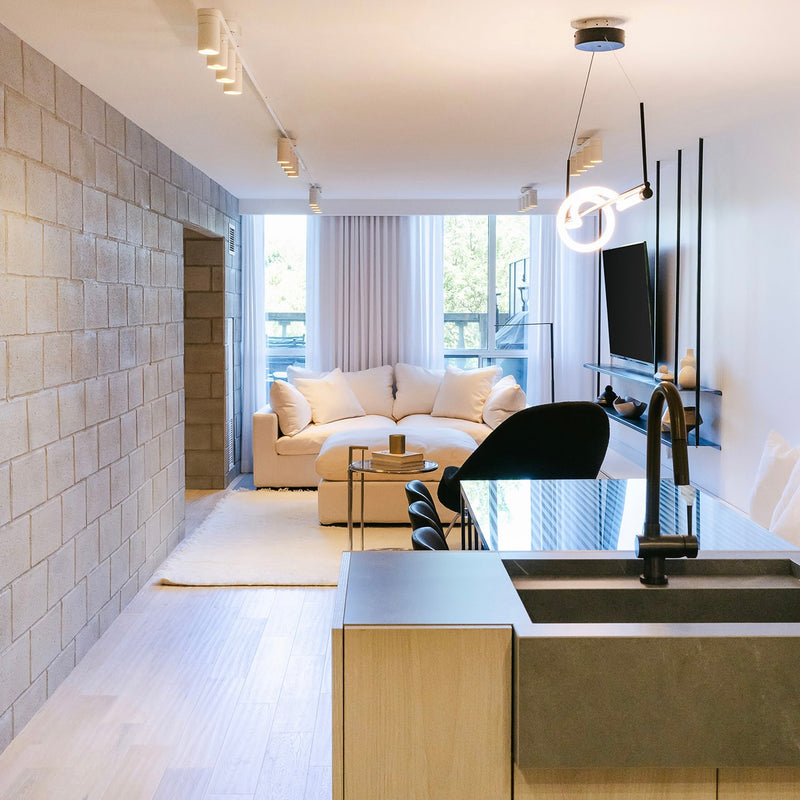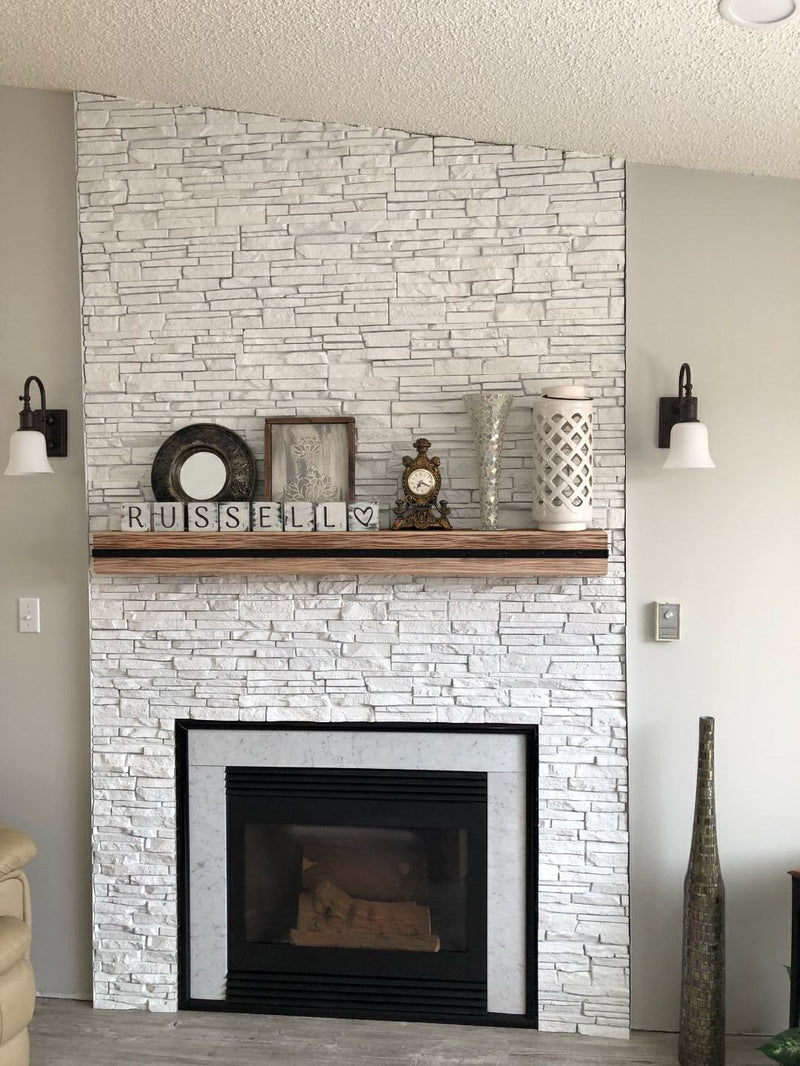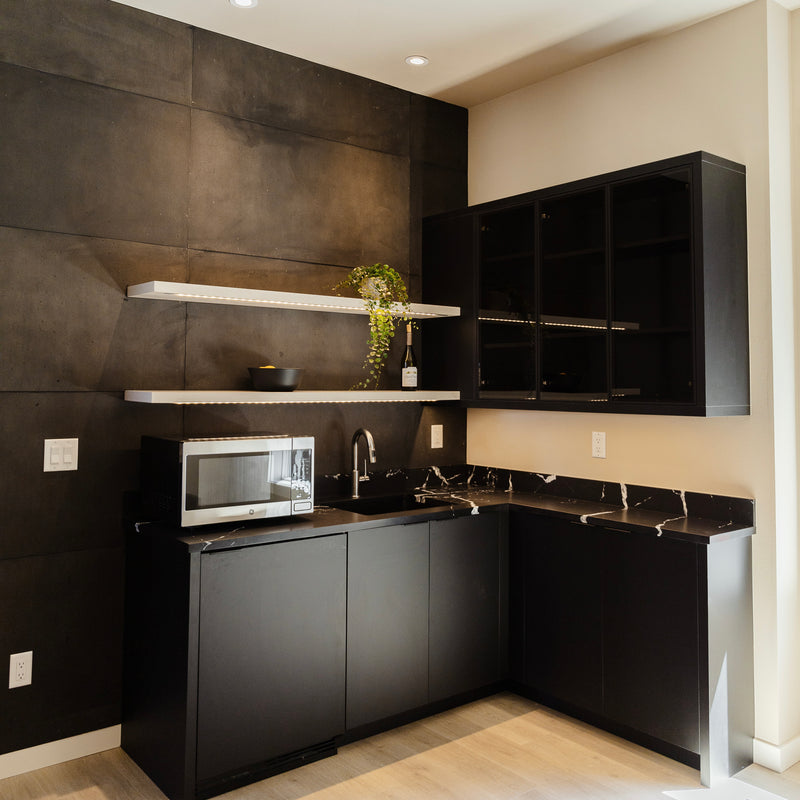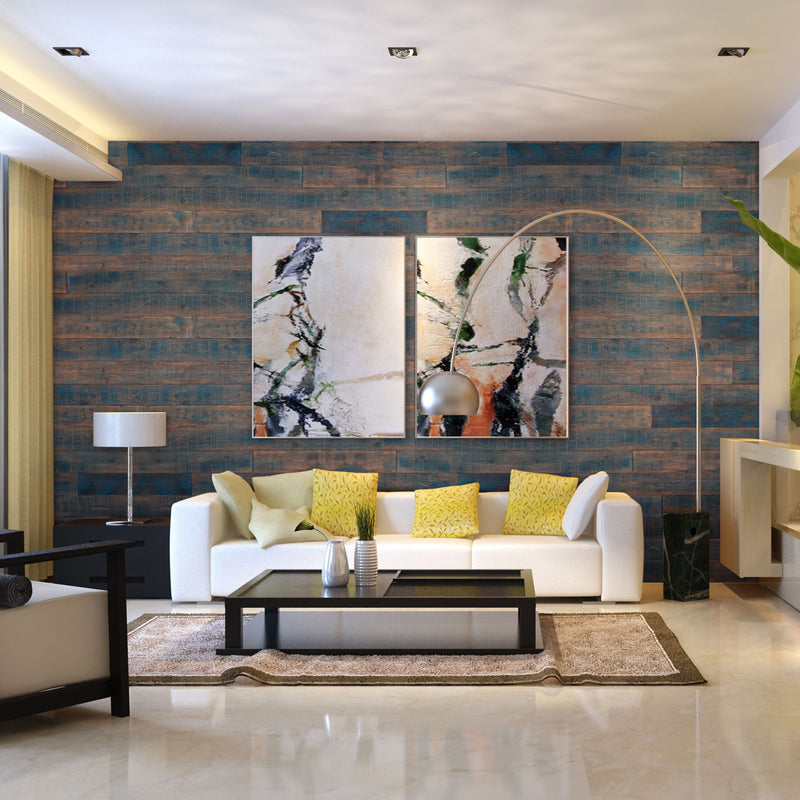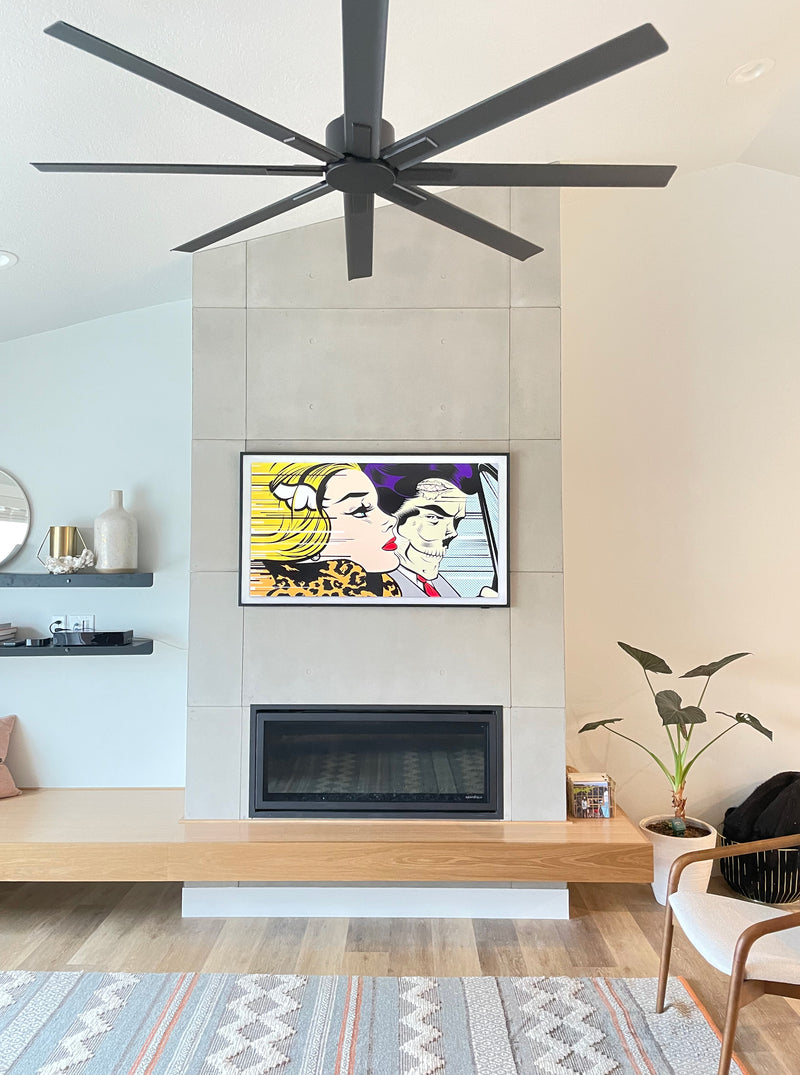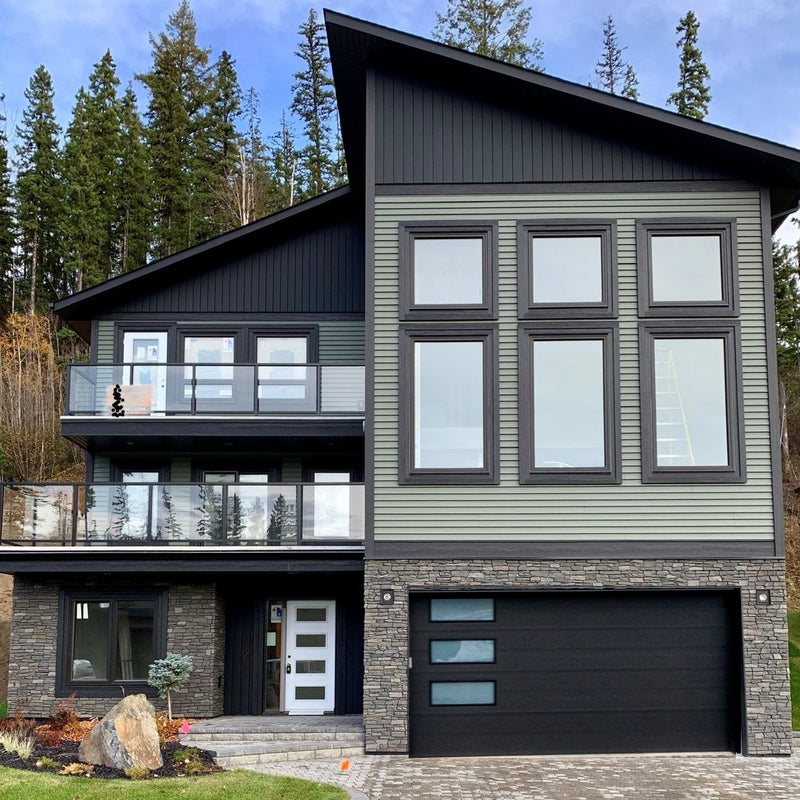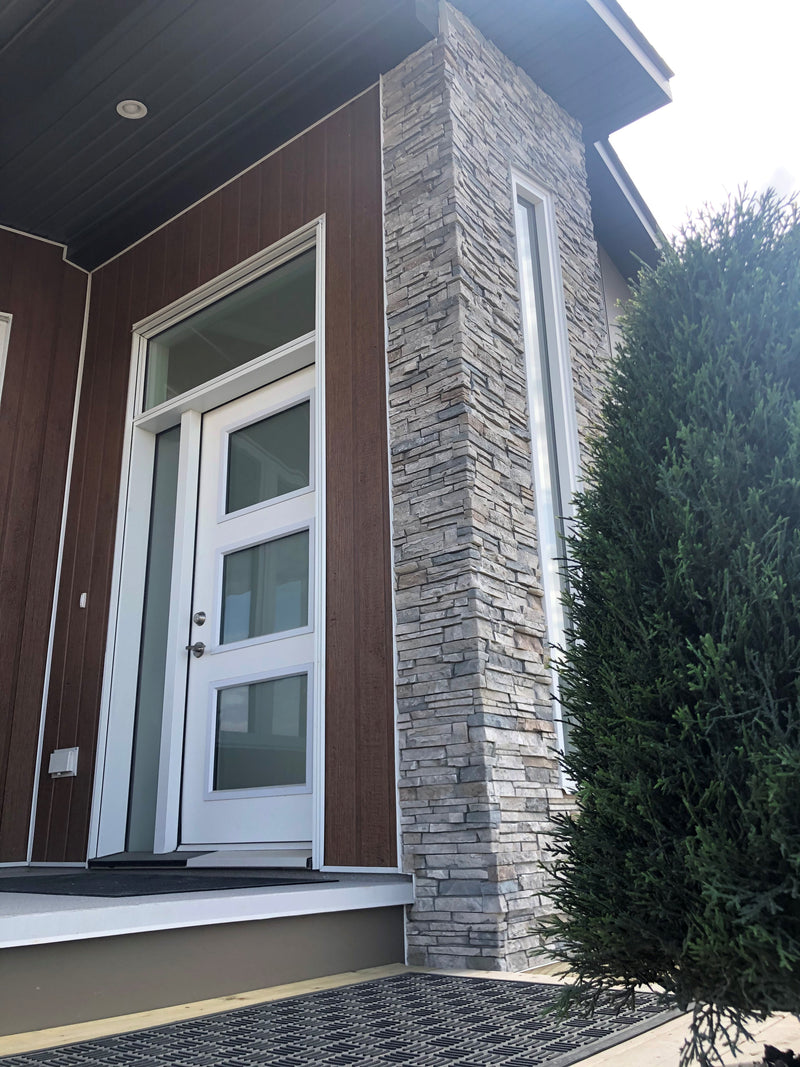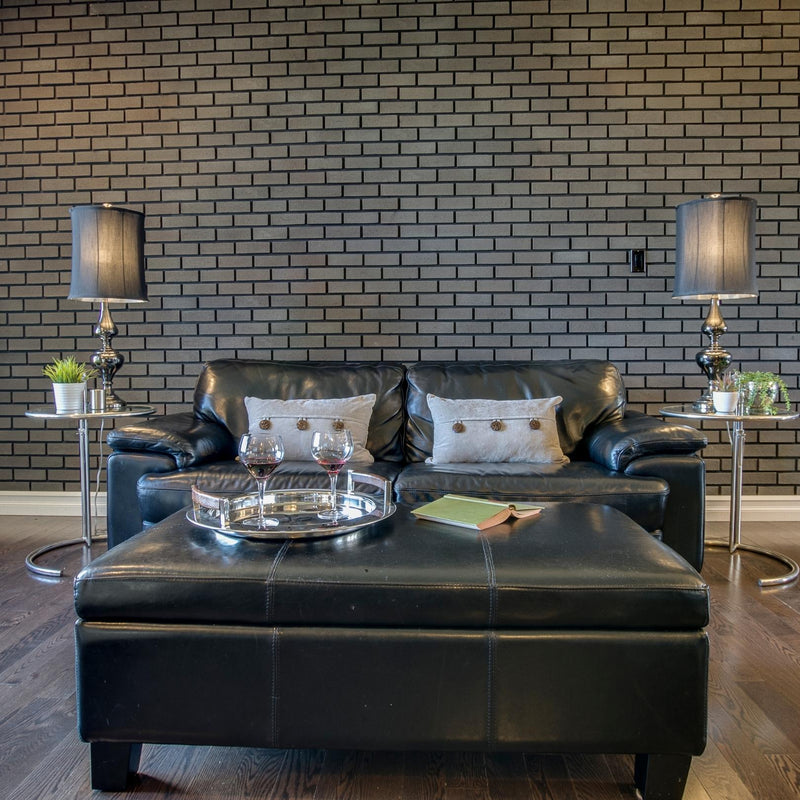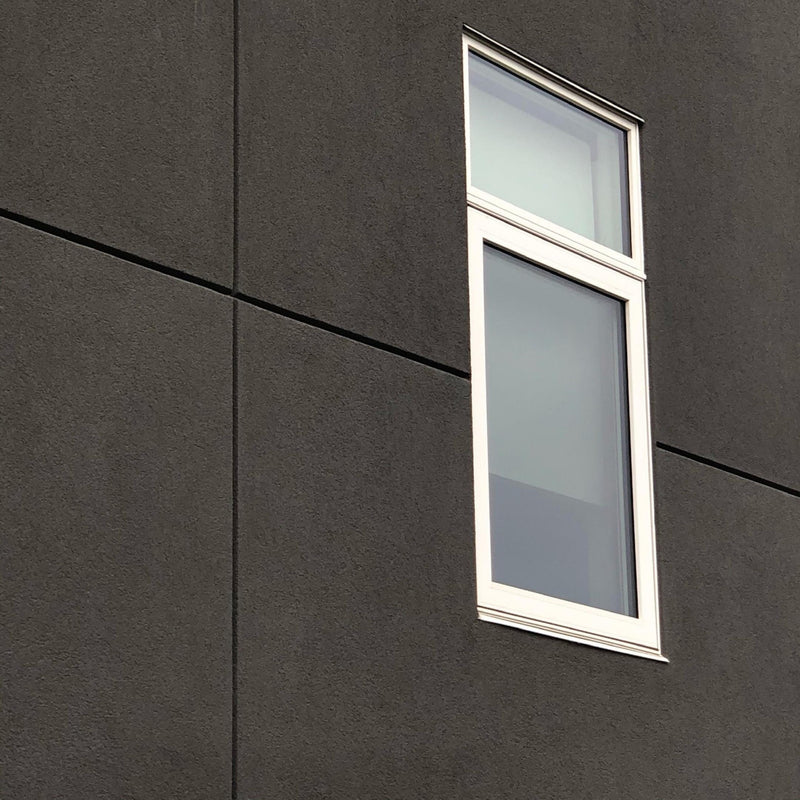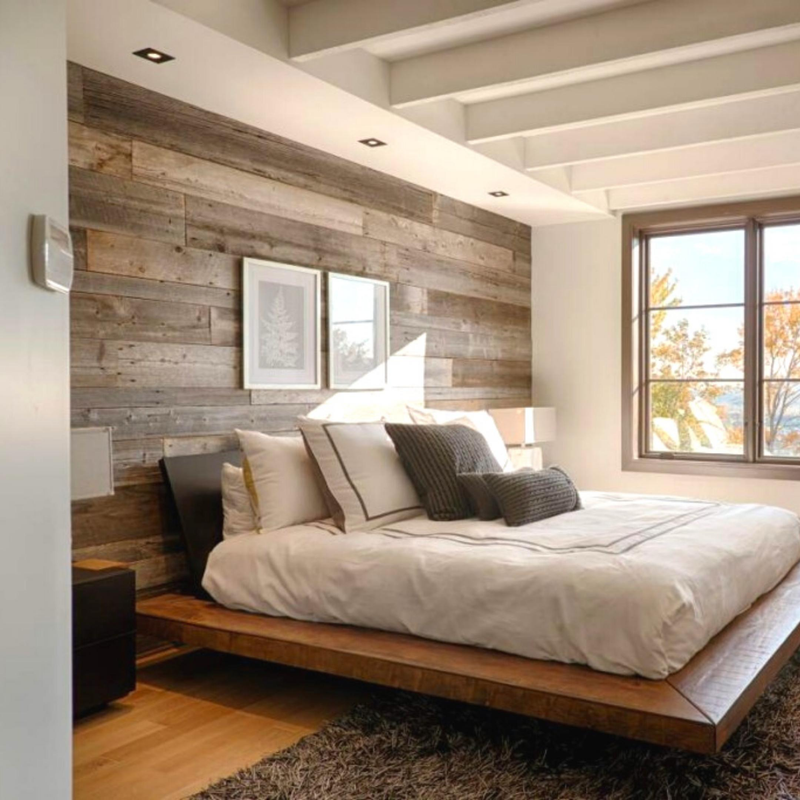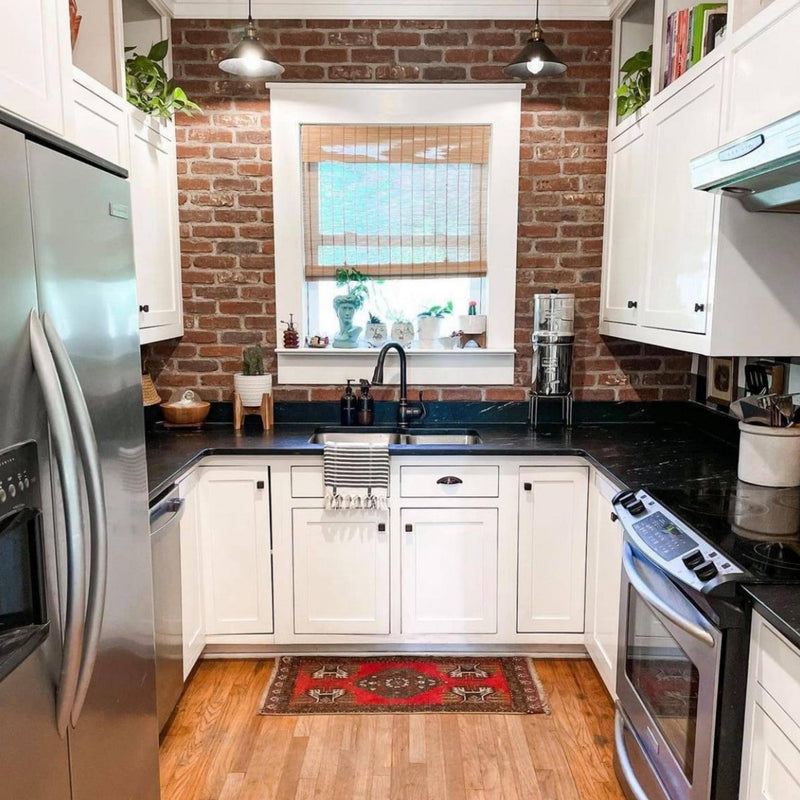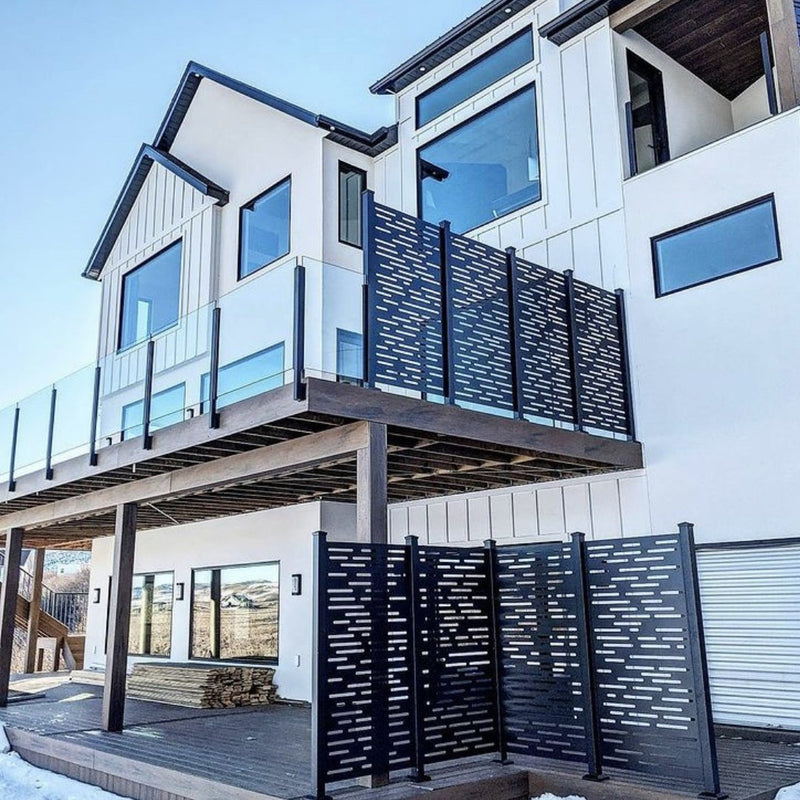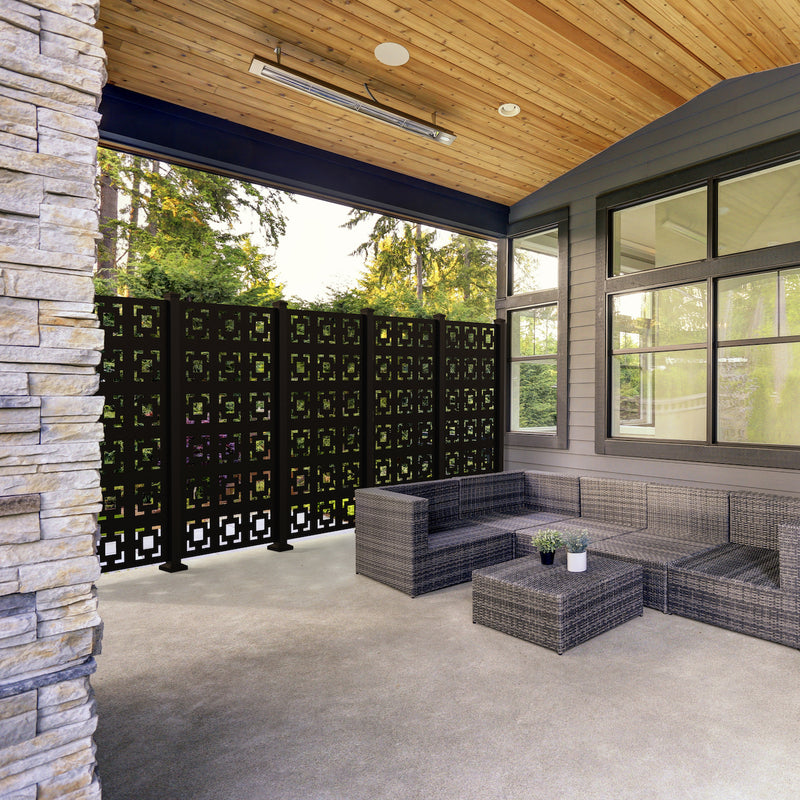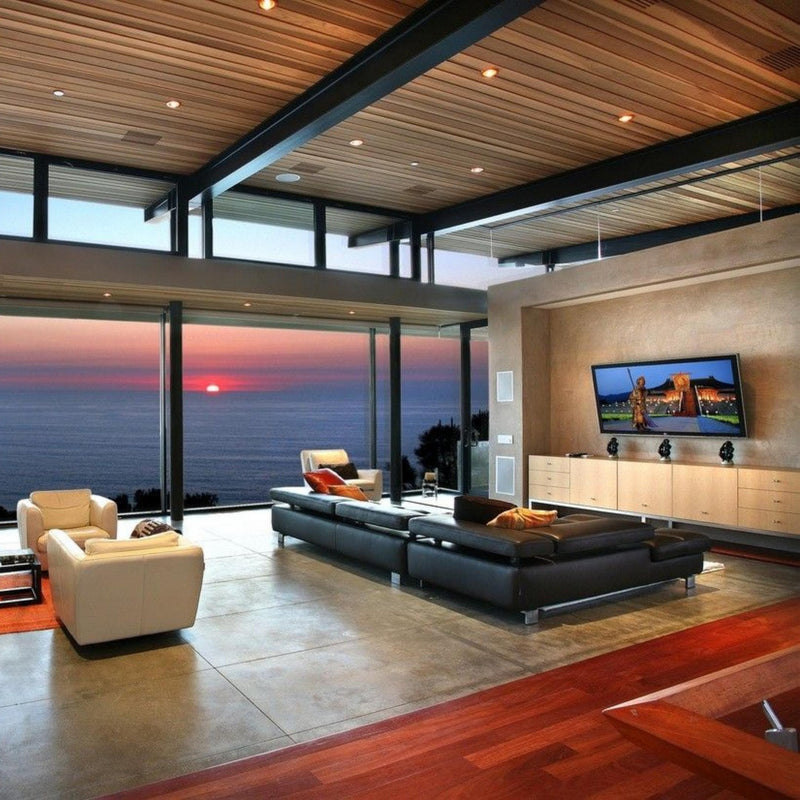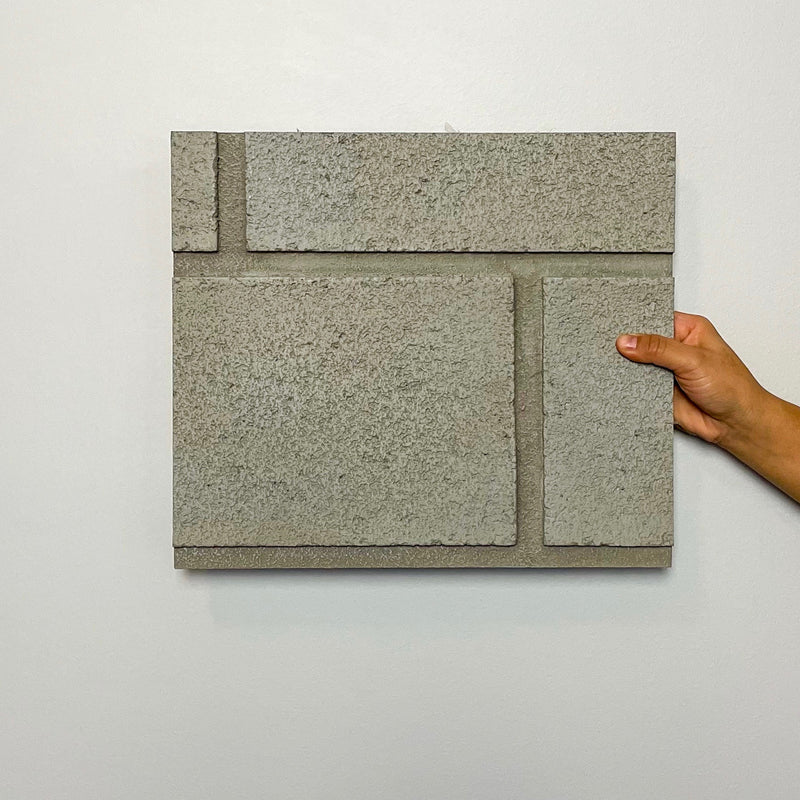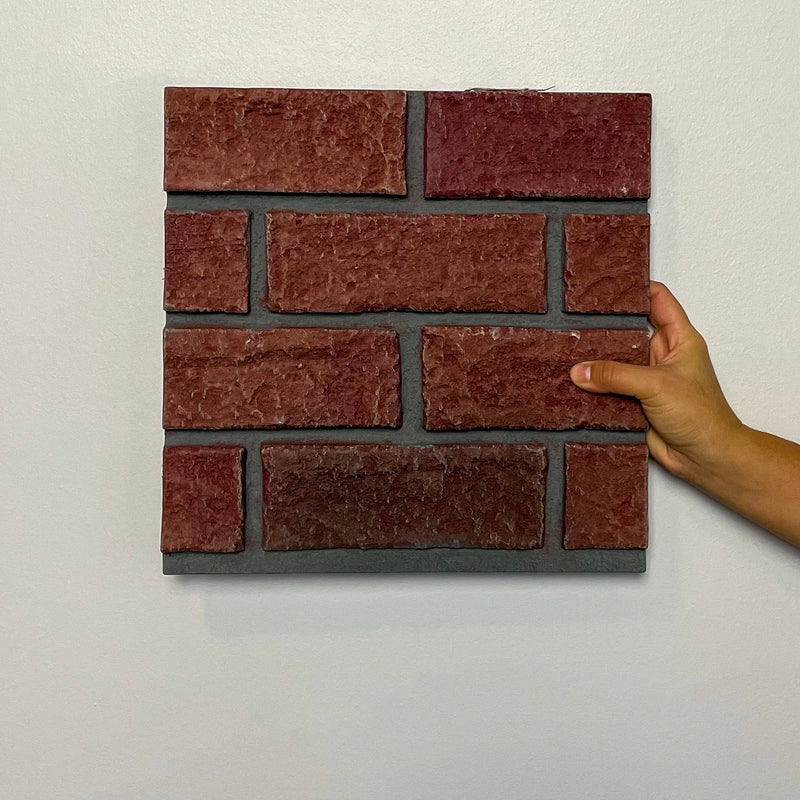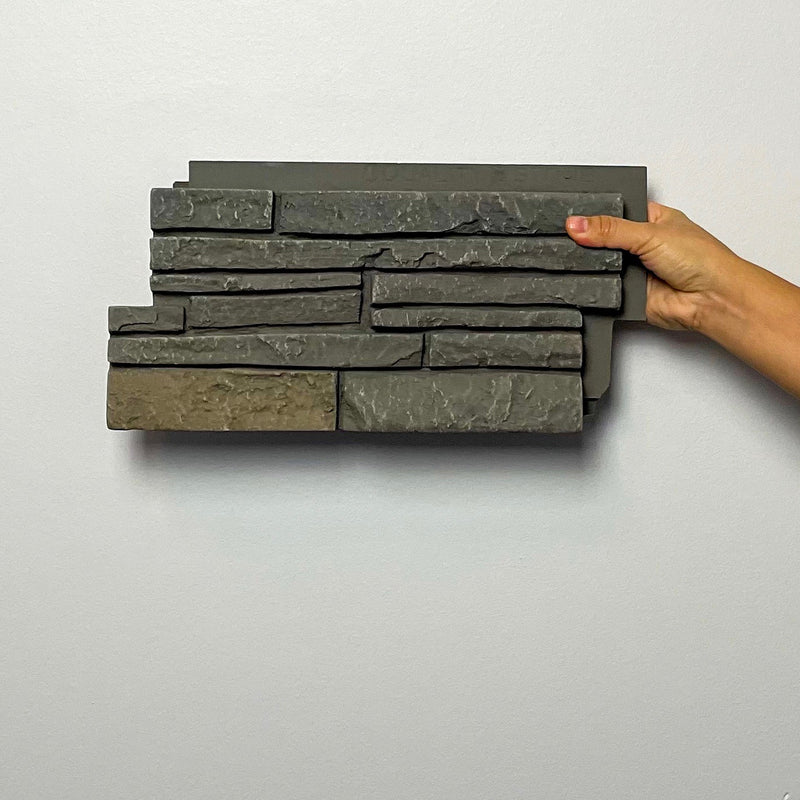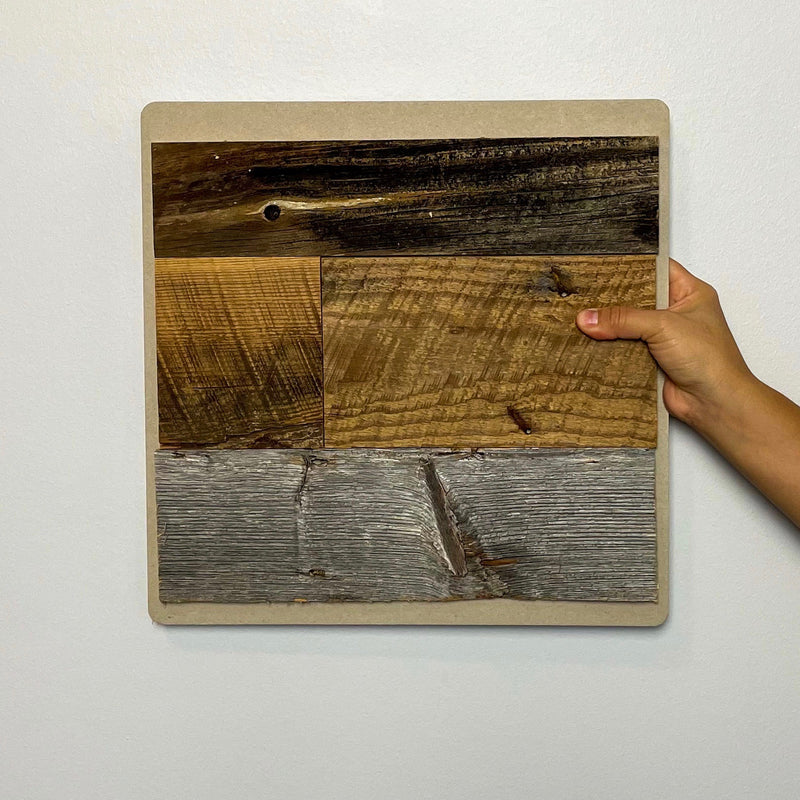6 Reasons Premium PVC Is The Best For Decking
When it comes to choosing materials for your decking project, it might seem like the options are overwhelming. Between various types of wood, composites, PVC, and vinyl decking, it can be hard to know what the best choice is for you.
We've looked at a few options on the market, and we've found that LANAI Premium PVC Decking outperforms the other options in a number of ways.
6 Reasons LANAI Premium PVC Decking Outperforms Wood and Composite Decks
1. Appearance

People often put a lot of thought into the interior flooring of their homes, but it’s tough to find an exterior flooring option that lives up to those same standards. Wood decks require a lot of maintenance to keep them looking sharp, and composite and low-quality PVC decks often look like plastic, even when they’re trying to look like wood.
We've found that LANAI Premium PVC Decking has a much more realistic hardwood look than anything else we’ve found. The colour and texture is spot-on, and there are no repeating patterns, so it avoids the fake look that a lot of composites have.
The gaps between the planks are also much smaller than wood and composite decking, which really creates that hardwood floor appearance. Overall a big win in our books.
2. Maintenance

A huge downside of wood decking is the ongoing maintenance (and cost) involved. When you first buy your deck, you need to seal or stain it, and every few years you will need to sand and re-seal or stain your deck to protect it from the elements and keep it looking fresh. You’ll also have to regularly inspect your deck for cracks and rot and replace boards as necessary.
Composite and PVC both beat out wood decks in the maintenance department because they need virtually no upkeep. There’s no need to stain, seal, or replace the boards as time goes on. Most can be cleaned with just a hose, mild soap, and a broom, though be sure to check your manual because some composite products require special cleaning solutions and brushes.
3. Durability
As mentioned above, wood decks take a lot of work to keep in good condition. Wood is vulnerable to all kinds of issues, like mold, rot, bug infestations, and splintering. The lifespan of a wood deck is about 10-15 years, even with proper upkeep.
Both composite and PVC decking pull ahead here with lifespans that more than double wood decks. They are also more stain and scratch resistant than wood, thanks to a durable outer capping.

LANAI has a lifetime structural warranty and a 25-year stain and fade warranty, putting it at the front of the pack warranty-wise. It’s also got better scratch tolerance than most composite products, and the inner core has cylindrical channels which provide top-notch strength.
Composite decking is made from a combination of wood and plastic parts, which means it is still susceptible to rotting and splitting if the outer capping is punctured or scratched and moisture can reach the inside. PVC decking does not have that problem.
4. Comfort and safety
Slippery when wet? Not an issue with LANAI PVC decking. These planks have a textured outer capping called LifeCap that prevents slipping, making it great for around pools and hot tubs.
Another perk of LANAI’s LifeCap is its resistance to UV rays and its cool-touch properties. Wood and composite decking can get very hot in the sun, but LANAI keeps its cool.
5. Easy to Ship and Transport

This is a big one that tends to be overlooked. Most decking boards are very long (between 12 and 16 feet), making them difficult to ship and transport.
LANAI PVC decking comes in 48” planks, making them extremely easy to transport and one of the only decking products that can be shipped direct to a customer’s door. They’re also quite lightweight, so they’re easy to move around.
6. Easy to Install

When tested against other decking materials, we found LANAI’s PVC Deck Planks to be the easiest option to install. This is again because the planks are shorter and more lightweight, which makes them super easy to handle. They also have their own hidden fastener system which makes the install a breeze.
Also, because of the 48” plank lengths, we found the product waste was dramatically lower than that of decking materials that come in longer lengths. If a typical decking project has 10% wastage, we found LANAI to have only around 3%.
The best of the best
It’s no secret that Premium PVC decking is more expensive than wood or mid-range composite decking, but we really believe the benefits are well worth the investment. If the appearance alone doesn’t win you over, the ongoing savings in both time and money should.
As always, be sure to do your own research and decide what type of decking is right for you.
